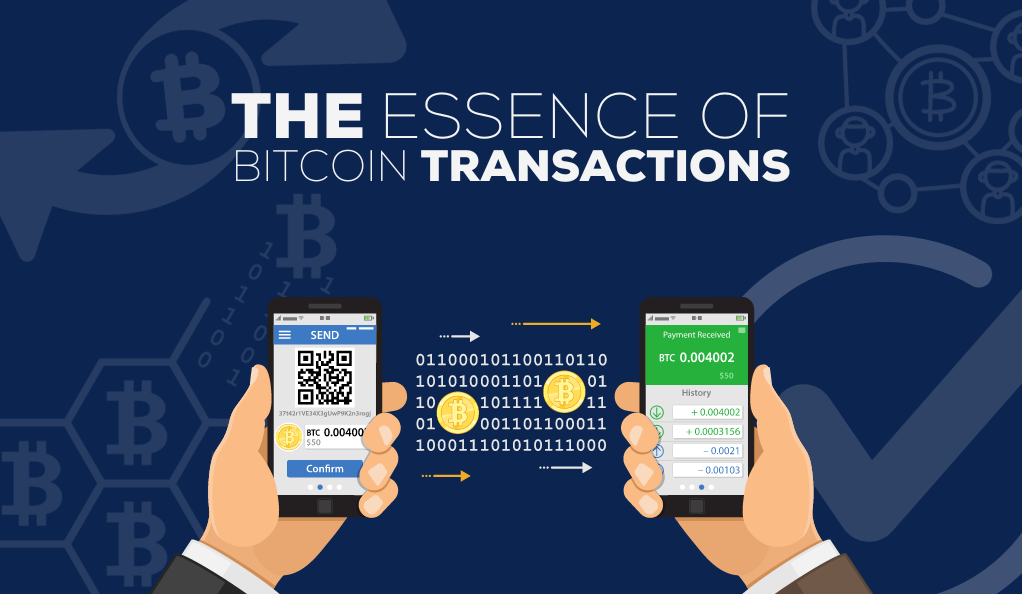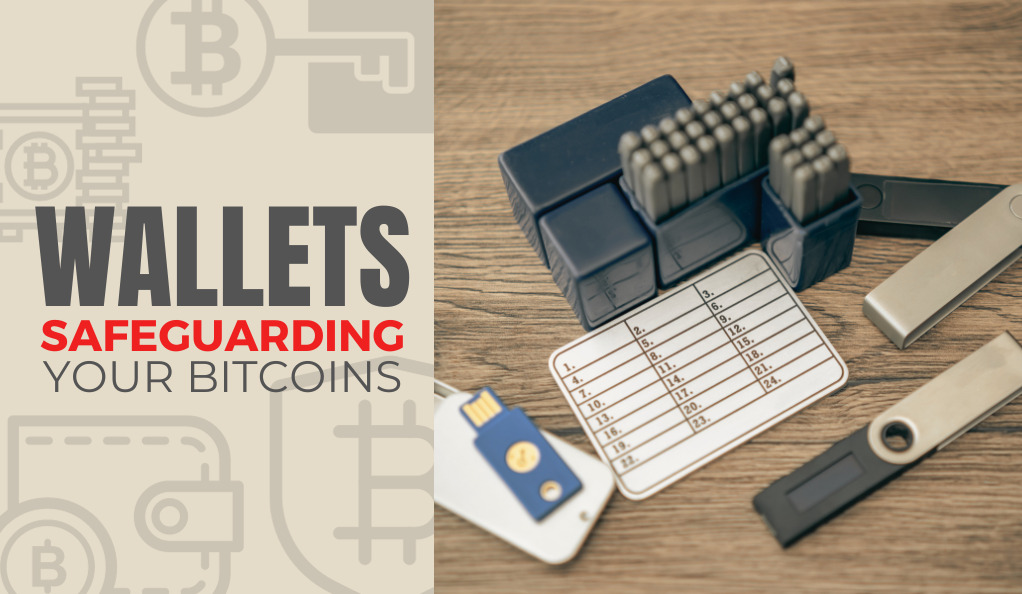In the digital age, where technology has revolutionized the way we conduct business, communicate, and even socialize, Bitcoin stands out as a groundbreaking innovation. Often referred to as “digital gold,” Bitcoin has not only challenged traditional financial systems but has also introduced a new paradigm of trust and decentralization. Let’s delve into the origins, significance, and foundational concepts of Bitcoin.
A Brief History of Bitcoin
Bitcoin’s journey began with a white paper titled “Bitcoin: A Peer-to-Peer Electronic Cash System,” published on October 31, 2008, by an anonymous entity known as Satoshi Nakamoto. This paper proposed a system where financial transactions could occur without the need for intermediaries, such as banks or payment gateways. In January 2009, Nakamoto released the first Bitcoin software, marking the birth of the world’s first cryptocurrency.
| Key Milestones in Bitcoin’s History |
|---|
| 2008 – Bitcoin white paper published |
| 2009 – First Bitcoin software released |
| 2010 – Introduction of the Bitcoin-Qt client |
| 2013 – Mt. Gox security breach |
| 2017 – Bitcoin reaches an all-time high |
The Significance of Bitcoin in the Digital Age
Bitcoin’s significance lies in its decentralized nature. Unlike traditional currencies, which are issued and regulated by governments and central banks, Bitcoin operates on a decentralized network of computers. This decentralization ensures that no single entity has control over the currency, making it resistant to censorship and interference.
Furthermore, Bitcoin introduced the concept of a “blockchain” – a public, immutable ledger that records all transactions. This transparency ensures that all transactions are verifiable, reducing the risk of fraud.
Another pivotal aspect of Bitcoin is its limited supply. With a cap of 21 million coins, Bitcoin’s scarcity mimics precious resources like gold, making it a potential hedge against inflation and economic downturns.
The Essence of Bitcoin Transactions

At the heart of Bitcoin’s revolutionary impact lies its unique transaction system. Unlike traditional financial systems where intermediaries validate and process transactions, Bitcoin operates on a peer-to-peer network. This section will demystify the mechanics of Bitcoin transactions and highlight the pivotal role of cryptography in ensuring their integrity.
How Transactions Work in the Bitcoin Network
A Bitcoin transaction is essentially a transfer of value between Bitcoin wallets. Each wallet has a private key, which is a secret piece of data that allows bitcoins to be spent. When a user initiates a transaction, they sign it with their private key, creating a digital signature. This signature is then broadcasted to the network for verification.
Here’s a step-by-step breakdown of a typical Bitcoin transaction:
- Initiation: A user decides to send bitcoins and inputs the recipient’s address and the amount to be sent.
- Digital Signature: The transaction is signed with the sender’s private key.
- Broadcast: The signed transaction is broadcasted to the Bitcoin network.
- Verification: Miners verify the transaction’s authenticity by checking the digital signature against the public key.
- Addition to the Blockchain: Once verified, the transaction is added to a block, which, when full, is added to the blockchain.
The Role of Cryptography in Verifying Transactions
Cryptography anchors Bitcoin’s security. Digital signatures, created using private keys, ensure only the rightful owner can spend bitcoins. Each Bitcoin wallet has a visible public key, and when a transaction broadcasts, miners validate it by matching its signature to this key. Additionally, hash functions enhance security. Every block in the blockchain carries a unique hash, linking it to the previous one. This chained design means altering one block would require changing all subsequent blocks, making tampering nearly impossible. Together, digital signatures, public key cryptography, and hash functions solidify Bitcoin’s trustworthiness in the financial world.
The Bitcoin Blockchain: A Public Ledger

The blockchain is the backbone of the Bitcoin network. Often described as a “public ledger,” the blockchain records every Bitcoin transaction that has ever taken place. This decentralized database ensures transparency, security, and immutability. In this section, we’ll explore the structure of the blockchain and how it upholds these principles.
Understanding the Structure of Blocks in the Ledger
The term “blockchain” is derived from its very structure: a chain of blocks. Each block contains a set of transactions, a timestamp, and crucially, a reference to the previous block. This interlinking ensures the continuity and integrity of the entire chain.
A typical block in the Bitcoin blockchain consists of:
- Block Header: Contains metadata about the block, such as the timestamp, the hash of the previous block, and the nonce (a random number used in the mining process).
- Transaction Counter: Indicates the number of transactions in the block.
- Transactions: A list of all the individual transactions included in the block.
How the Blockchain Ensures Transparency and Security
The blockchain stands at the core of Bitcoin’s framework, delivering unmatched transparency and security. As a public ledger, the blockchain allows anyone to access and verify the entire transaction history, minimizing fraud risks. Each block in the blockchain directly references its predecessor, ensuring that any attempt to alter a transaction would necessitate changes to all following blocks. This design makes the blockchain resistant to tampering. Moreover, the decentralized nature of Bitcoin, with a network of nodes maintaining it, ensures no single entity can dominate or manipulate the blockchain. Each node holds and validates a copy of the entire blockchain, collaboratively recording new transactions. This collective approach, paired with the blockchain’s unchangeable nature, sets a new standard for trust in the digital realm, guaranteeing both transparency and security for every transaction.
Bitcoin Transactions in Detail
Bitcoin transactions, while seemingly simple on the surface, are underpinned by intricate mechanisms that ensure their security and validity. This section delves deep into the nuts and bolts of these transactions, shedding light on their structure and the measures in place to prevent fraudulent activities like double-spending.
Inputs, Outputs, and the Anatomy of a Transaction
Every Bitcoin transaction consists of inputs and outputs. An input refers to the source of the bitcoins being sent, while an output designates the recipient. Here’s a closer look:
- Inputs: These are references to previous transactions that prove the sender has bitcoins to spend. Each input corresponds to an output from a past transaction.
- Outputs: Each output specifies an amount of bitcoin and the conditions required to spend those bitcoins in the future.
To understand this better, consider a physical analogy: If Alice wants to pay Bob 5 bitcoins and she previously received 10 bitcoins from Carol, Alice’s transaction would reference the transaction from Carol as its input. The transaction would then have two outputs: 5 bitcoins to Bob and 5 bitcoins back to Alice as “change.”
Prevention of Double-Spending

Double-spending poses a significant challenge in the digital currency world, where a user might try to use the same amount twice. Bitcoin tackles this problem head-on with its robust consensus mechanism. When users spend bitcoins, they broadcast their transaction to the network. Miners then choose which transactions to add to new blocks. If they detect two transactions using the same input, they typically prioritize the first one they received. Once a transaction enters a block and joins the blockchain, reversing it becomes increasingly difficult. As more blocks stack on top, the initial transaction strengthens its confirmation status, leaving the double-spend attempt unconfirmed. This approach maintains the integrity of transactions and keeps malicious actors at bay.
Transaction Fees and Their Significance
Every Bitcoin transaction can include a fee, paid to incentivize miners to include the transaction in a block. Here’s why they’re crucial:
- Priority in Confirmation: Transactions with higher fees are often prioritized by miners, leading to faster confirmations.
- Network Health: Fees act as a deterrent against spamming the network with numerous small transactions.
- Miner Compensation: As the Bitcoin block reward decreases over time (due to halvings), transaction fees become a more significant source of income for miners, ensuring they continue securing the network.
The Role of Miners in Bitcoin Transactions
Miners are the unsung heroes of the Bitcoin network. They play a pivotal role in validating and recording transactions, ensuring the security and integrity of the blockchain. But what exactly do miners do? And why is their role so crucial in the Bitcoin ecosystem? This section delves into the world of Bitcoin mining, shedding light on its processes, importance, and the challenges faced by the mining community.
The Process of Mining and Its Importance in Transaction Verification
Bitcoin mining fulfills two critical roles. First, miners pick pending transactions from the mempool, verify their authenticity, and group them into blocks. They check for double-spends, validate signatures, and ensure transactions adhere to network rules. Next, in the proof-of-work phase, miners tackle a complex mathematical puzzle tied to the block’s content. The first miner to solve this puzzle broadcasts the block across the network. If other nodes confirm the solution’s accuracy, the block joins the blockchain. This mining process, though demanding in resources, is essential. Successfully adding a block rewards the miner with newly minted bitcoins and transaction fees from that block’s transactions. Through mining, the Bitcoin network not only records and validates transactions but also motivates participants to offer computational power, reinforcing its security and ongoing operation.
Challenges and Controversies in the Mining Community
While mining is essential for the Bitcoin network, it’s not without its challenges:
- Resource Intensity: The proof-of-work mechanism consumes vast amounts of electricity, leading to concerns about its environmental impact.
- Centralization Risks: Over time, mining has become more competitive, leading to the rise of mining pools where miners combine their computational power. This has raised concerns about potential centralization if a few pools dominate the network.
- Block Reward Halvings: Every 210,000 blocks (approximately every four years), the block reward is halved. While this ensures Bitcoin’s scarcity, it also means miners earn less over time, making transaction fees more crucial for their profitability.
- Hardware Costs: The increasing difficulty of mining puzzles requires more advanced and expensive hardware, raising the entry barrier for individual miners.
Bitcoin Ownership and Security
Owning Bitcoin is not just about having a balance in a digital wallet; it’s about understanding and safeguarding the cryptographic keys that represent ownership. This section delves into the intricacies of Bitcoin addresses, the paramount importance of private keys, and the potential risks associated with mishandling them.
How Bitcoin Addresses Work
A Bitcoin address is akin to an account number where you receive funds. It’s derived from a public key, which in turn is derived from a private key. Here’s a simplified breakdown:
- Private Key: A randomly generated string of numbers and letters. It’s crucial to keep this private, as possession of the private key equates to ownership of the bitcoins associated with it.
- Public Key: Derived from the private key through a cryptographic algorithm. It’s used to generate the Bitcoin address.
- Bitcoin Address: A hashed version of the public key. It’s what you share with others to receive bitcoins.
The Importance of Private Keys and the Risks of Losing Them
Private keys play a pivotal role in the Bitcoin universe. They serve as undeniable proof of ownership, allowing the holder to spend or transfer the linked bitcoins. If you have the private key, you command the associated bitcoins. But this control comes with inherent risks. Lose your private key, and you lock away those bitcoins forever, with no way to access them again. Conversely, if someone gets their hands on your private key, they can take full control of your bitcoins, underscoring the need to guard private keys against theft or unauthorized access. In short, while private keys offer Bitcoin users unmatched control, they also require heightened vigilance and security measures.
Best Practices for Safeguarding Your Private Key
Given the critical nature of private keys, it’s imperative to adopt stringent security measures:
- Cold Storage: Keep your private keys offline, disconnected from the internet. This can be on paper, hardware wallets, or air-gapped computers.
- Encrypted Backups: Regularly back up your private keys, encrypting them to add an additional layer of security.
- Multi-Signature Addresses: Use addresses that require multiple private keys to authorize a transaction, adding an extra layer of protection.
- Avoid Sharing: Never share your private keys, and be wary of phishing attempts or malicious software that seeks to steal them.
Wallets: Safeguarding Your Bitcoins

In the realm of Bitcoin, wallets play a pivotal role. They’re not just digital purses where you store your bitcoins; they’re interfaces that facilitate transactions, manage private keys, and ensure the security of your digital assets. This section delves into the various types of Bitcoin wallets, their features, and best practices for ensuring the utmost security of your holdings.
Different Types of Bitcoin Wallets:
- Software Wallets:
- Digital applications installed on devices.
- Desktop Wallets: For personal computers, offering full control but potentially vulnerable if the computer gets compromised.
- Mobile Wallets: Smartphone apps ideal for everyday transactions and QR code scanning.
- Digital applications installed on devices.
- Hardware Wallets:
- Physical devices that store private keys offline, immune to online hacking.
- Paper Wallets:
- Physical documents with printed or written public and private keys, generated offline.
- Web Wallets:
- Online wallets accessible via web browsers, often with private keys stored by the service provider, posing potential security risks.
Best Practices for Ensuring Wallet Security
Securing your Bitcoin wallet is a top priority in the world of digital currency. To keep your assets safe, you should adopt several best practices. First, back up your wallet regularly to guard against device malfunctions or mistakes. Always encrypt these backups and store them in various safe spots. For software and web wallets, choose strong, complex passwords and update them from time to time. If you’re using web wallets, turn on multi-factor authentication (2FA) for an added layer of defense. Also, make sure to update your wallet software regularly to fend off potential threats. And always stay alert to phishing attempts: verify URLs and be wary of unexpected requests for your wallet details. By following these steps, you can maintain the security of your digital assets and use Bitcoin confidently.
Conclusion: Embracing the Bitcoin Revolution
Bitcoin, often termed the digital gold of our era, stands as a testament to a transformative shift in global financial systems. Its decentralized framework, bolstered by intricate cryptographic processes, offers both unparalleled opportunities and inherent challenges. As we’ve delved into the multifaceted world of Bitcoin transactions, from mining intricacies to wallet security, the overarching theme is clear: knowledge and vigilance are paramount. As we move forward in this digital age, it’s imperative to arm ourselves with understanding and prudence, ensuring that we harness the full potential of Bitcoin while safeguarding our digital assets.
Bitcoinnewsmagazine is committed to providing impartial and reliable insights into cryptocurrency, finance, trading, and stocks. It's important to note that we do not provide financial advice, and we strongly encourage users to conduct their own research and due diligence.
Read More


